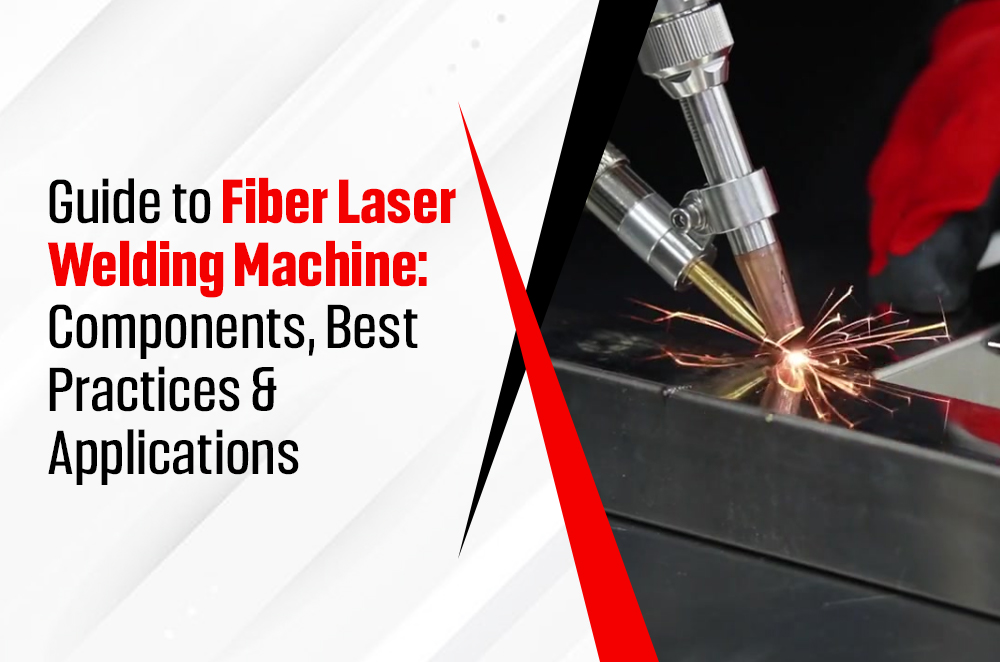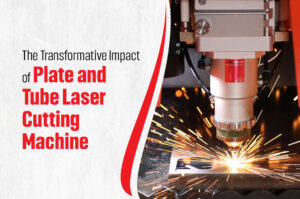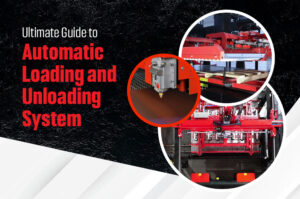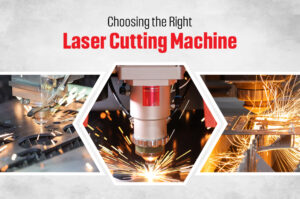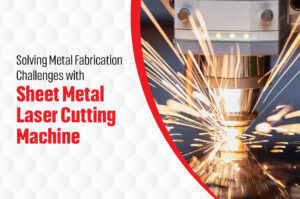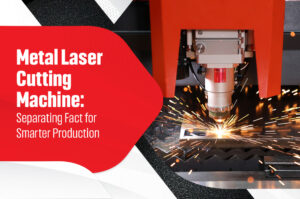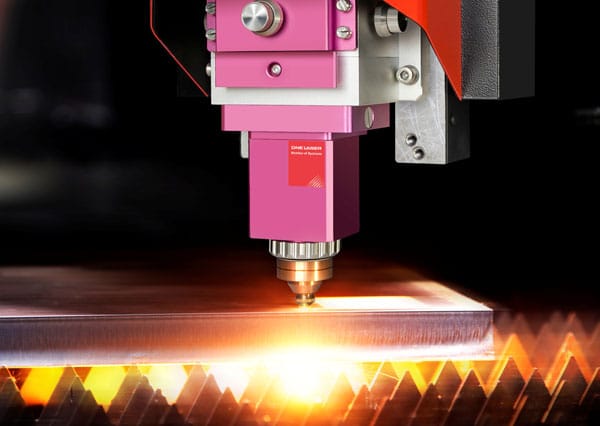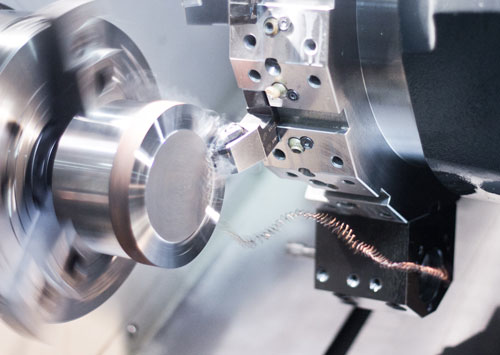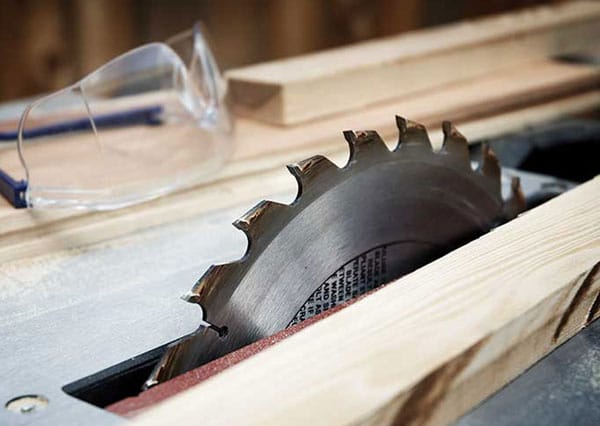The manufacturing industry has taken a radical shift over the years mainly due to enhanced technologies. Of these, the fiber laser welding machine can be said to be one of the tools that has brought the most dramatic improvement to facilitate welding. Regardless of whether one is an old hand in their line of work or an entrepreneur eager to pioneer technology in their organization, it is possible to benefit from frivolous knowledge of how fiber laser welding works. So, in this all-encompassing guide, we will look at the specifics of fiber laser welding machine, explore their components, and discuss their best usage practices.
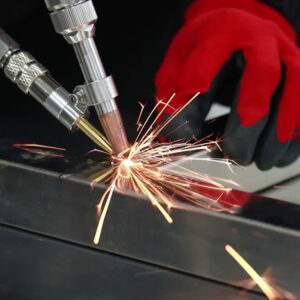 Introduction to Fiber Laser Welding Machine
Introduction to Fiber Laser Welding Machine
Fiber laser welding machines are an array of welding tools that use fiber laser techniques to melt metals. The fiber lasers have higher precision as compared to other common methods of welding, higher welding speed, and improved welding control. The use of these machines has especially increased in organizations that deal with high accuracy and quality production such as aerospace, automobile, electronics and manufacturers of medical equipment.
What sets fiber laser welding apart?
High Precision: The use of laser cutting enables less contact with materials because the laser can be directed to a very thin line; it is also possible to cut some materials in some other way, then remove a thin layer by laser cutting.
Speed: Materials can be welded in fiber lasers at higher rates which in turn enhances the efficiency rate.
Versatility: All types of materials can be welded combining stainless steel, aluminum, titanium and many others.
Key Components of a Fiber Laser Welding Machine
Exploring the core components of a fiber laser welding machine is the only way to understand the ability of the machine. All the parts are essential in the effective work of the machine and the level of output that is produced.
1. Fiber Laser Source
Fiber laser source is the core of the structure of this system. It produces the laser beam for welding operations among others. Further, it was found that fiber lasers deliver a more efficient and extremely high-quality beam. These commonly include laser diode, fiber optic cable, and laser amplifiers as the laser source.
Laser Diode: Translates electrical energy into light energy.
Fiber Optic Cables: The welding head transmits the laser light.
Amplifiers: This can be done by the degree of intensity that is realized by the laser beam to produce the desired welding intensity.
2. Welding Head
The welding head is involved in controlling the laser beam onto the workpiece. It encompasses lenses that provide a keen spotlight on the locations in which the laser is to weld. The welding head may also be fitted with a protecting lens to minimize the accumulation of dirt on the welding head as well as protect it from harm.
Optics: It is used to focus and direct the laser beam.
Protective Lens: Protects the optics from flies by shrouding them and splatter by encasing them.
3. Cooling System
During fiber laser welding, there is always heat generation and therefore proper heat control measures need to be taken in order to ensure the proper functionality of the machine without shortening its lifespan. The cooling factor aids in reducing this heat so that the machine functions with temperatures that are not dangerous.
Chiller Unit: Pumps coolant through the machine in order to control the material deformation, absorb heat.
Heat Exchangers: Stated that heat ought to be taken away from critical parts.
4. Control System
This is the central part of the fiber laser welding machine without which it is impossible to control the operation of the machine. Known as ‘programmable means’, it enables the operator to preset and modify welding quantity for instance, power, speed, and beam focus. Additional features of such systems may comprise real-time indications, control loops as well as data recording.
User Interface: A screen whereby one can touch to activate buttons and other settings or even utilize a monitor that allows one to use a computer keyboard.
Software: Is responsible for operating the machine to produce the welded packages in the right manner and quality.
5. Power Supply
Of all the subsystems of the machine, the power supply is responsible for supplying the electrical energy required to power the laser source and the other parts of the machine. This is why the power supply has to be stable and constant in order to maintain the required quality of the welds.
Electrical Inverter: Changes the current which is supplied in the form of AC to the suitable DC that is required for the laser diode.
Stabilizer: Maintains flow of electric current so as to avoid the fluctuations that may impact the quality of welding.
6. Protective Enclosure
As with any other laser equipment, it is imperative that safety always comes first while in operation. Controlling the laser beam is crucial and that is why a fiber laser welding machine is enclosed to prevent interference. It may have interlocks that stop the laser if the enclosure is opened for instance.
Laser Shielding: Minimizes and controls the flow of the laser beam outside the structure of the enclosure.
Interlock Systems: It stops the operation of the laser when the enclosure is opened.
Best Practices for Using Fiber Laser Welding Machine
Fiber laser welding machines can only give the best result when you adhere to the best practices that would enhance the safety, efficiency, and quality of the fibers welded. Adopting the following guidelines will help you get the best results from your machine: –
1. Proper Setup and Calibration
It is possible to get engulfed with the excitement of welding and forget to set and calibrate our fiber laser welding machine appropriately. This includes; the alignment of the laser beam, correct focus and correct welding parameters. When a given machine is well calibrated, it will mean that the welds produced are of better quality and there is minimal need to do more work since it was done and done properly.
Beam Alignment: Check whether the laser beam is properly aligned with the welding head prior to the welding operation.
Focus Adjustment: Position the focal length in conformity with the thickness and nature of the materials to be joined through the welding process.
Parameter Settings: In some cases, there may be some variation in the kind of material that is being welded or the type of welding that is desired and therefore the power, speed, and pulse of the electrode should be changed to meet the requirements.
2. Material Preparation
The state of the weld becomes a concern of the materials to be joined since the quality of the weld depends on them. It is equally important that the work-integrated surfaces are free of contamination or any undesirable material and well-clamped so that there can be no misalignment while welding.
Cleaning: It involves stripping off the surface of all foreign materials including dirt, oil and oxide layers.
Clamping: Ensure that the workpieces do not move during welding and to do this you can lock them in place.
3. Safety Precautions
Just like every other welding equipment, fiber laser welding machines pose the following operational risks: exposure to laser beams and hot parts. Compliance with safety measures will ensure that you and other people in the workplace are safe.
Protective Gear: Follow standard laser safety precautions: be sure to wear the required laser protective glasses and protective clothing.
Ventilation: Make sure that the gasses produced are evacuated from the area to avoid people inhaling the toxic fumes.
Enclosure Integrity: Also, never use the machine when the protectiveness enclosure is not in place.
4. Regular Maintenance
But the question that arises here is how to make sure that your fiber laser welding machine is in the finest state at all times with the help of maintenance. These are cleaning the optics subsystem, checking the cooling system, and confirming that all elements of the complex work properly.
Optics Cleaning: Precisely, clean the protective lens and other optical parts to sustain a high quality of the beam.
Cooling System Check: Regularly check-up and service the cooling mechanisms mainly to avoid overheating of the car.
Component Inspection: It also means that one has to take time to check the device or part and replace the worn-out or damaged ones.
5. Optimizing Welding Parameters
Thicker materials as well as thin ones demand the use of different weld settings in order to get the best results. There are possibilities for exploring the various scopes that are likely to produce the best fit for your particular application.
Power Levels: Reduced it when cutting thick material and even more so when dealing with thin material that can easily jam in between the jaws.
Welding Speed: What is the best combination of rate and quantity to employ to generate the wanted weld.
Pulse Settings: In thinner pieces, or intricate welds, it is advisable to set the laser in pulsed mode.
Applications of Fiber Laser Welding Machine
For this reason, fiber laser welding machines can be applied in several areas because of the variety of materials they can join. The following are some of the uses that have been common in society.
1. Automotive Industry
For example in automotive manufacture, fiber laser welding machines are used to bond parts in a way that results in a strong bonded joint with high precision. They are used widely in the welding of thin sheets of metals for example those used to construct car bodies or more complex ones such as engines and transmission gear cases.
Body Panels: Join together very thin pieces of metal with low amounts of warping.
Exhaust Systems: Give high-quality and leak proof joints in exhaust parts.
Battery Cases: Connect fine powders in electric vehicle batteries.
2. Aerospace Industry
The aerospace industry involves products that require the utmost precision and quality to be used and thus its standards cannot be compromised. Fiber laser welding machines are employed to weld components which are very critical in their functions such as blades, tanks, and structural parts where the quality of the weld is very important for the safety and performance of the structure.
Turbine Blades: Join high-strength alloys with accurate accuracy.
Fuel Tanks: Minimize fuel system seams permeability and provide water-resistant materials.
Structural Components: The reduction of weight by joining lightweight materials like titanium and aluminum.
3. Electronics Industry
Fiber laser welding delivers the level of precision required in the electronics manufacturing industry which entails small and delicate components which need micro-welding. This technology is applied in the soldering of electronic parts, gadgets, and even sensors and microcircuits.
Circuit Boards: CNC Plasma Welding without affecting the various components in printed circuit boards (PCBs).
Sensors: Make accurate welds in complex assemblies containing sensors.
Microelectronics: Connect the small parts with the least amount of affected area on it.
4. Medical Device Manufacturing
Many medical devices need to be made with materials that are compatible with living tissue and the welds typically have to be very exact because the industry is very heavily regulated. Fiber laser welding is widely adopted in the manufacturing of medical instruments, implants, and surgical instruments.
Surgical Instruments: Forge good, aseptic connections in surgical instruments.
Implants: Cu, Ni, Ti and stainless steel are some of the metals that need to be welded in a biocompatible way.
Diagnostic Devices: The snap-together mechanism of the sensitive components must be done with precision.
5. Jewelry and Artisanal Work
The fiber laser machines used in the welding process are also applied in the jewelry processes of jewelry designing and mending. Fiber lasers provide the jewelers with the flexibility of cutting, engraving, and welding without hurting the sensitive metal and gems.
Custom Jewelry: It is possible to create beautiful patterns and there should be no rough welds demonstrative of a rusty exterior.
Repairs: Bell has to make the repair process as unobtrusive as possible and repair the damaged jeweler pieces.
Artisanal Crafts: Join fine intricate components in artwork and art crafts.
Conclusion
If you are looking forward to improving your current welding & cutting operations like fiber laser cutting machines. Our company Business Point International based in UAE has high-quality fiber laser welding and cutting machines with great accuracy and speed. You can increase your output with our precision-made machines and also take advantage of our efficient after-sales support.
Business Point International is a company that you should consider around your industrial machinery needs. Get in touch with us right now to learn more about our fiber laser machines and how we can help transform your company one cut and weld at a time.

